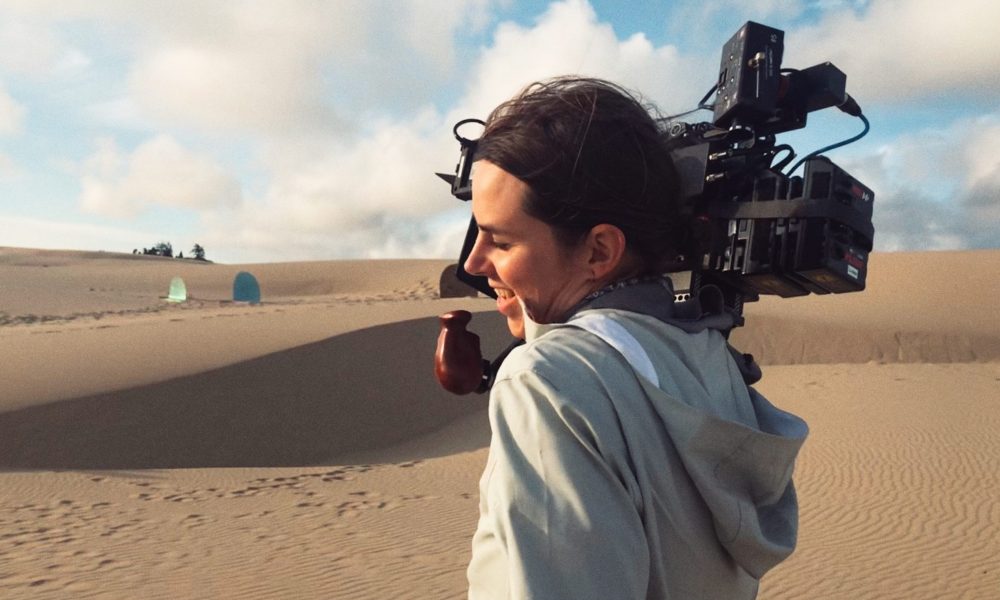

Today we’d like to introduce you to Sarah Whelden.
Sarah, we appreciate you taking the time to share your story with us today. Where does your story begin?
Growing up, I always felt like an outsider. I was captivated by the escapism of make-believe worlds. This feeling never went away, but my role in the world changed. And so as I got older and playing pretend with my friends became a less socially acceptable release, film and TV stepped in to help fill that void.
Like any art form, film is a vehicle for us to temporarily disconnect from and reframe our own existence. At their core, these narratives provide reflections of ourselves and use alternate realities to teach us about our own journeys. While the films of the eighties and nineties, at least those I was exposed to, weren’t a very good mirror for my own reality as a child in a trans body, they did provide an important respite from a seemingly nonsensical day-to-day.
Ironically, I grew up in a place people flock to escape their own realities: Nantucket Island. From the beautiful light to the rich saturated colors of the Atlantic Ocean, the thick low-lying fog, and the architecture trapped-in the 19th century, I was surrounded by the kind of idealistic visual palate we are often trying to recreate as artists. This became a foundational beauty from which to draw inspiration in my own work.
My love for photography however began while on a class trip to Washington, DC, in the fifth grade. I wanted my pictures of the famous buildings and monuments to stand out amidst those same pictures taken by my classmates, so I decided I would turn my disposable camera 45 degrees for every snap. The experiment was ultimately a failure. I ultimately preferred the flat horizon postcard ripoffs from everyone else’s photos, but it did open my eyes to the possibilities of image capture as a way to create the alternate realities I longed for.
I explored still photography throughout high school and at college, continuing my trend of breaking rules, making mistakes, and occasionally finding something interesting – but the workflow was always a bit too isolating for me. Enter filmmaking. The beautiful and complex collaboration between so many specialized artists beholden to a singular vision creating something larger than the sum of its parts.
My first experiences in this medium involved a VHS camcorder, a dual-deck VCR for editing, and a couple of friends. It wasn’t a very refined process, but it was enough to instill a love for motion picture storytelling. Alongside photography and music, I studied filmmaking at Hampshire College. I got my first hands-on experience with film cameras and flatbed editors. I also took a deep dive into the study of film history and theory, which first encouraged me to challenge the status quo of an industry built upon a very limited perspective.
I entered the film industry on the heels of the 2008 recession shortly after moving to Portland, Oregon, with my partner (now wife!) Kelly. My goal was to reconnect with visual storytelling, but in a capacity that would allow me to leave my day job. I figured if I were spending so much of my life at work, why not do something I enjoy? I started out working mostly as an editor at a commercial production company and slowly worked my way into the camera department. I quickly realized that I found my happy place.
In 2016, I lensed my first feature film. By this time, I had shot a number of short films and music videos, in addition to a plethora of commercials and branded content. I loved my job already, but the feature sparked something in me. I felt very much like my childhood self, looking into the world from the outside. Except now, I had some control over my surroundings.
The director and I built rules for this world. We discussed how to frame it – what to include and what to leave out. How we would use light and color to inform the intended emotions. What sorts of visual themes we could create to underscore the characters’ journeys. All of this and more was put into motion by the most incredible team of humans, who were all making their own micro and macro decisions that shaped the film. It was a truly beautiful experience that opened the door for what will be my sixth feature film in May 2023
When we talk about our career journeys, it is easy to forget about the personal ones that happen along the way. Coming out somewhat later in life shifted a lot for me. It lifted barriers that had been in place my whole life and illuminated possibilities. For the first time in my life, I could set long-term goals for myself and take some control of my path. I had a better understanding of how community fit into my vision, and I learned to use my hiring power to cultivate a set culture that brings out my inner child.
Being accepted into the American Society of Cinematographers Vision Mentorship program in the summer of 2021 was just the confidence boost I needed to take my next leap into the unknown. I arrived in Los Angeles in early 2022. The support I have received from the vast community of filmmakers here has been unreal. I found my way onto the incredible roster of DPs at Neer Motion. And best of all, I’m finally living ten minutes from the ocean again, where Kelly and I walk nearly every day at sunset.
Alright, so let’s dig a little deeper into the story – has it been an easy path overall and if not, what were the challenges you’ve had to overcome?
Early in the pursuit of a career in cinematography, it can be tricky to navigate career growth with financial stability, especially without drowning yourself in non-stop work. There is often an expectation to work for free. This wasn’t always the case, but since the dawn of the digital revolution in filmmaking and the supposed democratization of the film industry with the introduction of more affordable and accessible equipment, free and/or cheap labor has sadly become far more commonplace. It is expected that we, as filmmakers, must put in this time in order to earn the work that pays the bills. But it can often become a bit of a trap for folks – a cycle that is hard to break out of, and a dynamic that offers a significant advantage to filmmakers who come from a more privileged socioeconomic background. There is a lot more to unpack than I will cover here, including my own privileges that have lifted me along the way, but it’s important to have a basic understanding of this structure in order to better appreciate the scarcity mindset that so many freelance filmmakers have.
The reality is that the reasons for accepting or turning down a job are complex, and financial incentive is just one piece of the puzzle. Even as we climb the proverbial ladder of our careers, there are still reasons to take on lower-paying gigs. I firmly believe in fostering a culture of community support in which we all lift each other up. So if another filmmaker has written a beautiful script for an important story they want to tell but doesn’t have the same financial backing as another potential project on my plate, I have to navigate my way through that decision.
Years ago, my dear friend Robin Song told me about a system she had been using to frame potential gigs. A system that I have since adopted and shaped for my own workflow. It consists of four tenants that make up the work I’m interested in: Creative, Heart, People, and Money. There is no magic formula to plug in, but I find that consulting this list will help give me more clarity around what a specific job is offering me at a given time in my life.
At its core, the Creative tenant comes down to a simple question: do I like the script? Everyone is looking for something different in a given script, and for me at least, I’m often looking for different things at different times. But at the end of the day, I know when I read a script that excites me. It speaks to me on a level that is difficult to put into words. Though I suppose it is no surprise that as a cinematographer, I am naturally inclined towards anything that transcends language.
At first, Heart was wrapped up with Creative. In some ways, the two are impossible to separate. Heart is a part of the creative language of any project. But over time, I felt it was important to consider this as its own piece of the puzzle. I want to be telling stories that lift people up and shine a light on the often ignored stories of our world.
Who is involved? I always tell people that filmmaking is a terrible job to not enjoy. Enjoyment can look like many things on a given project, as emotions and overall approach will change drastically depending on the narrative. At the end of the day, however, I want to be surrounded by people I trust and whose presence I am lifted by.
Lastly, of course, there is money. This is my job; it’s hard work. And while I love it, I still need to pay my bills.
The point is not to expect every job to deliver on every tenant, but to use these considerations to help guide me through the decision-making phase. As I think through all of this and weigh it against my recent work, I can more easily decipher which jobs make sense to take on and which ones to pass on. And importantly, feel more confident in those tough decisions.
Alright, so let’s switch gears a bit and talk business. What should we know about your work?
Storytelling keeps us young. It keeps us dreaming, encourages us to come together, and gives us grounding in a chaotic world. If my work is touching people in these ways, my work is successful.
I’m drawn to stories that highlight the often overlooked parts of the human experience. There is so much power in putting yourself in the shoes of another, and film is such a unique medium in providing that opportunity. My work is always considering the emotional context of a scene or moment, and using nuance to draw us closer to the characters so we can more fully relate to them.
Networking and finding a mentor can have such a positive impact on one’s life and career. Any advice?
I would say first and foremost, consider what you want out of a mentorship. When I was accepted into the ASC Vision Mentorship, I had no idea what I wanted out of it. But that was the first question from my mentor, Polly Morgan, ASC, BSC. Coming up with an answer to that was a gift in and of itself. When you know what you’re looking for, think about where you’re at in your career and who is doing work you admire that you think might be able to help you achieve your goals. Study their portfolio and reach out with a specific ask – something that relates to their work and/or their approach. It is typically better to ask about creative choices as this is what really separates one artist from another. Once you’ve established a relationship, you can open up that conversation a bit more.
From here, follow up a few times if need be. Anyone working in the film industry is likely to miss a message if they’re on set or otherwise busy.
Once you have opened communication with them, make yourself available to help in whatever capacity. Camera tests are a great way to get in the room with a DP you admire. Prep is a great way to get on set with a camera assistant if you’re new to the industry. Getting on set can be more difficult, but if you build that relationship over time, an opportunity might present itself.
Beyond this, there are countless mentorship opportunities, especially for younger filmmakers. Find the ones that feel right for you and apply!
Contact Info:
- Website: https://sarahmakesmovies.com/
- Instagram: https://www.instagram.com/sarahmakesmovies/
- Other: https://www.imdb.com/name/nm4944834/?ref_=nv_sr_srsg_0_tt_1_nm_7_q_sarah%2520whelden
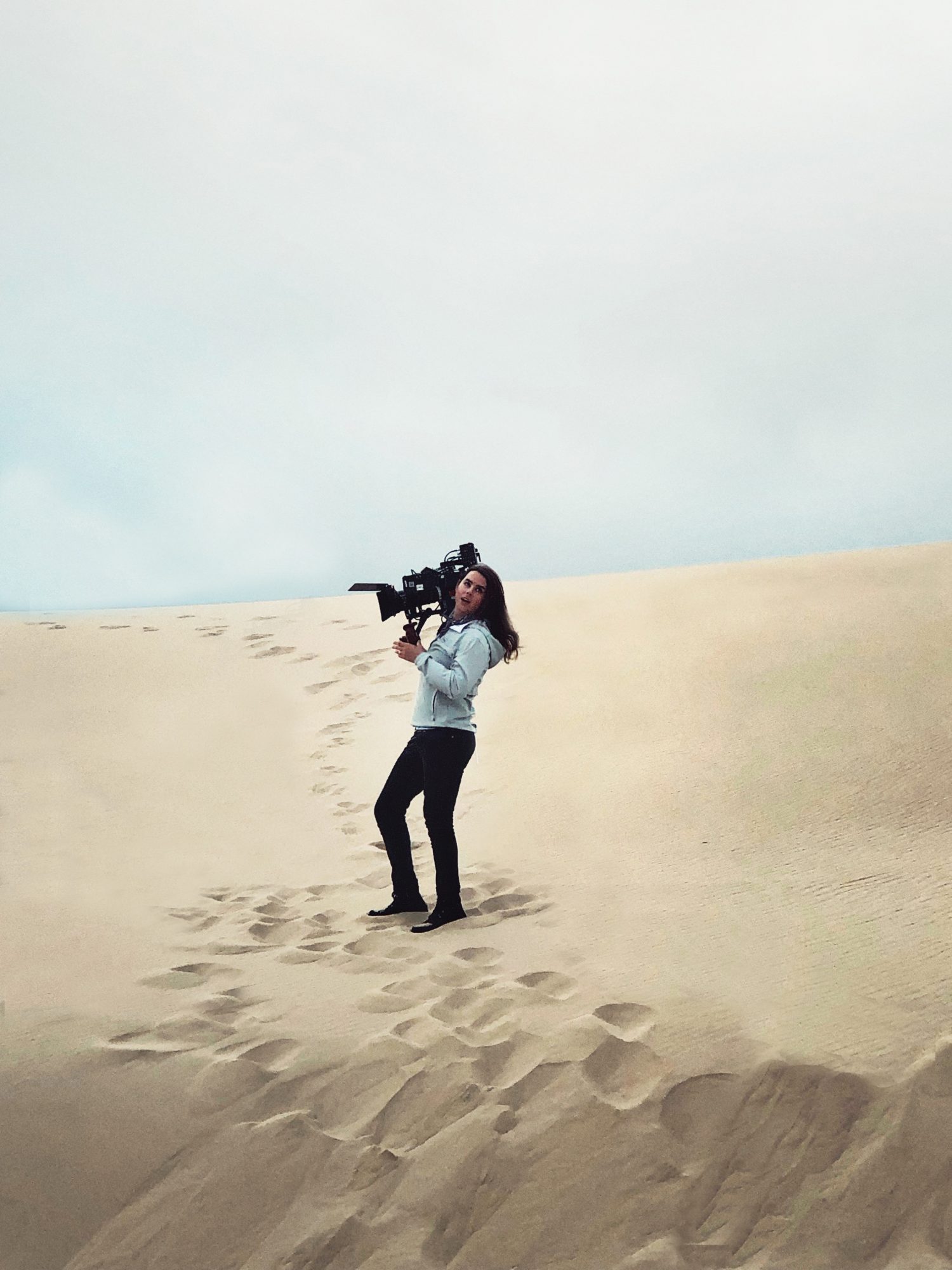
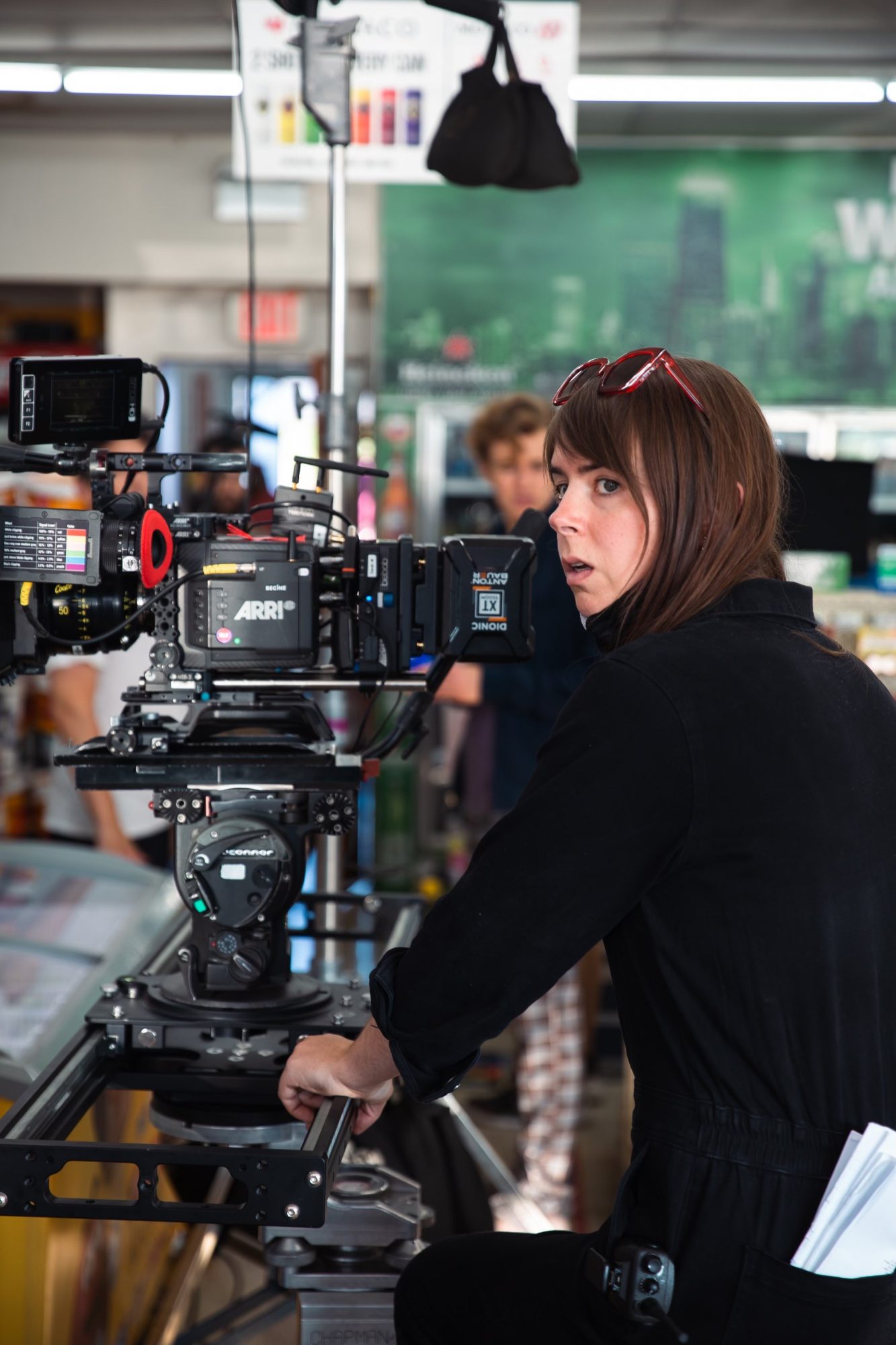
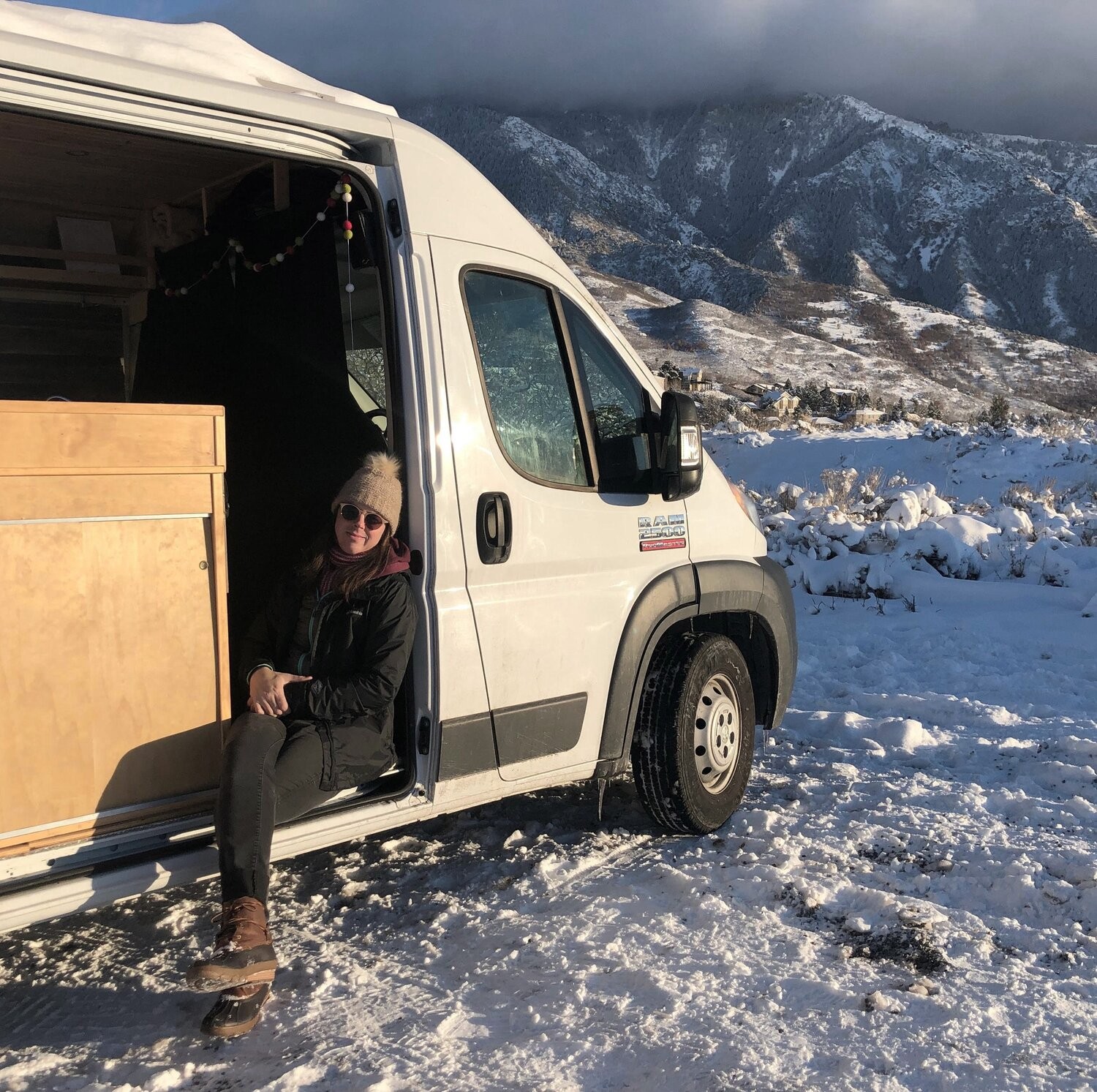
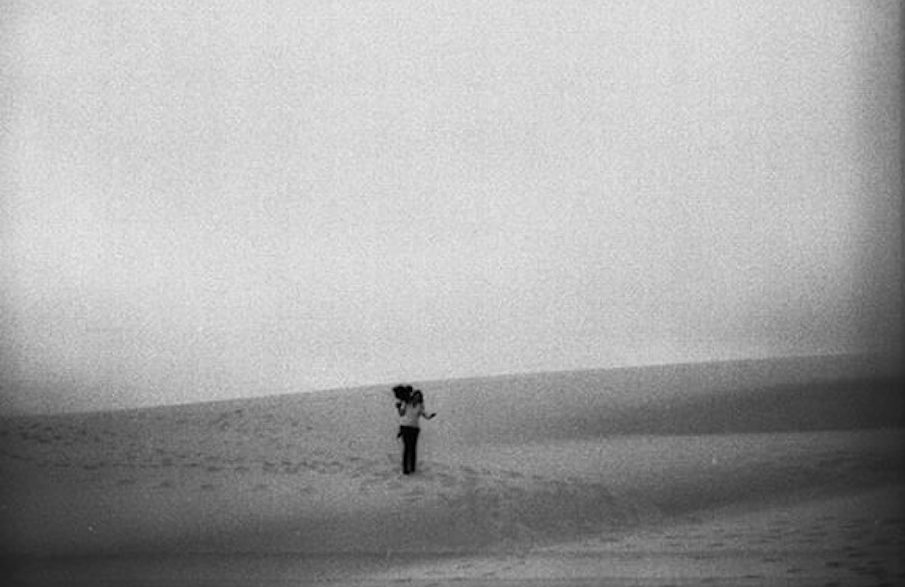
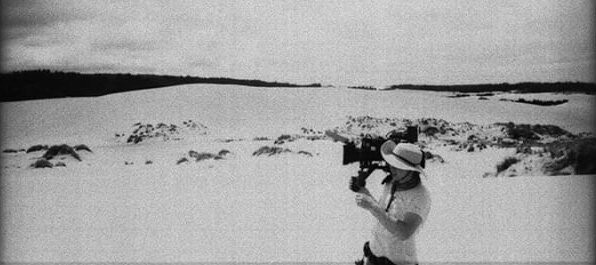
Image Credits
SarahProfile: Malo Chelsea Smith Sarah 01: Malo Chelsea Smith Sarah 02: Jonny Runnfeldt Sarah 03: Kelly Wilcox Sarah 04: Taylor Brubaker Sarah 05: Taylor Brubaker














